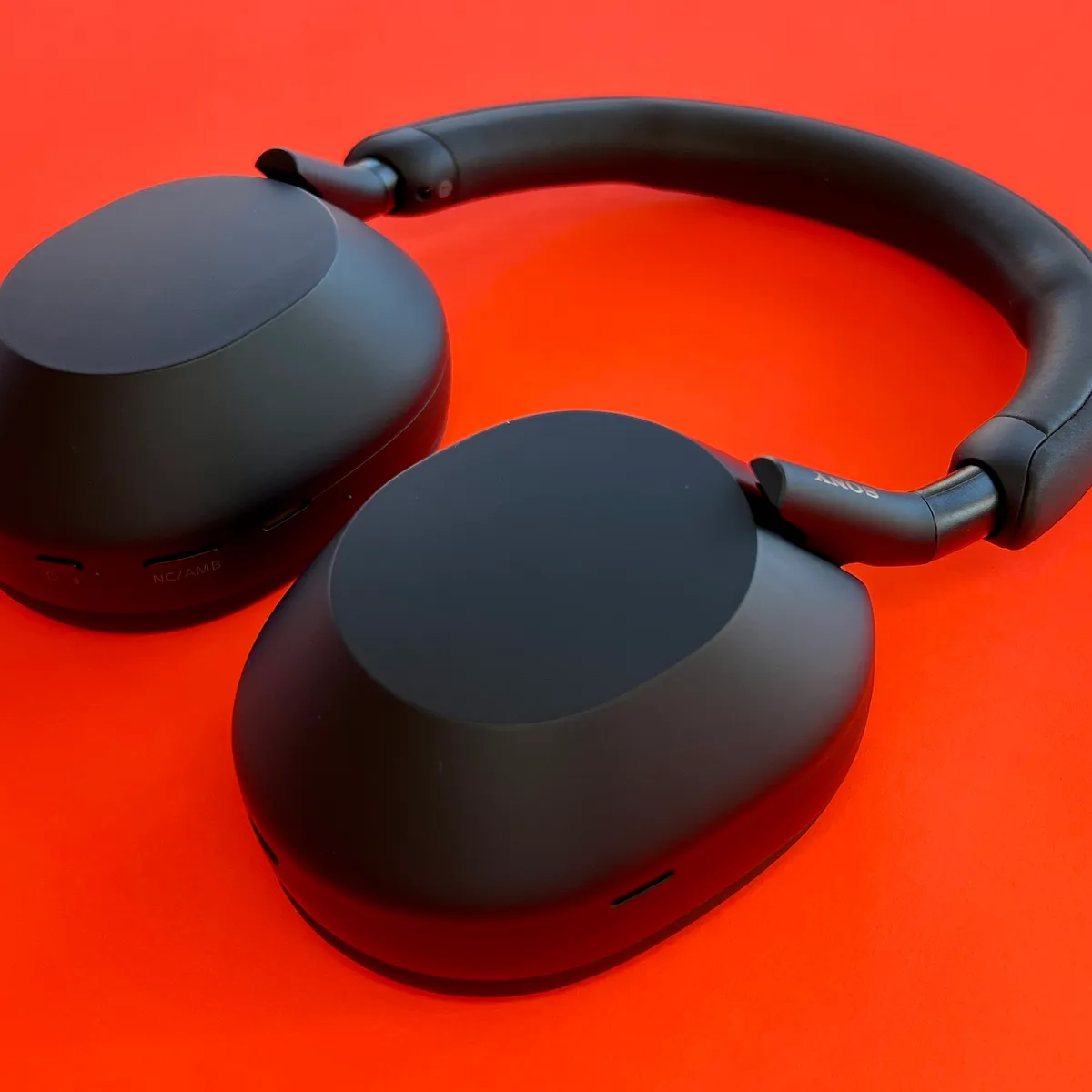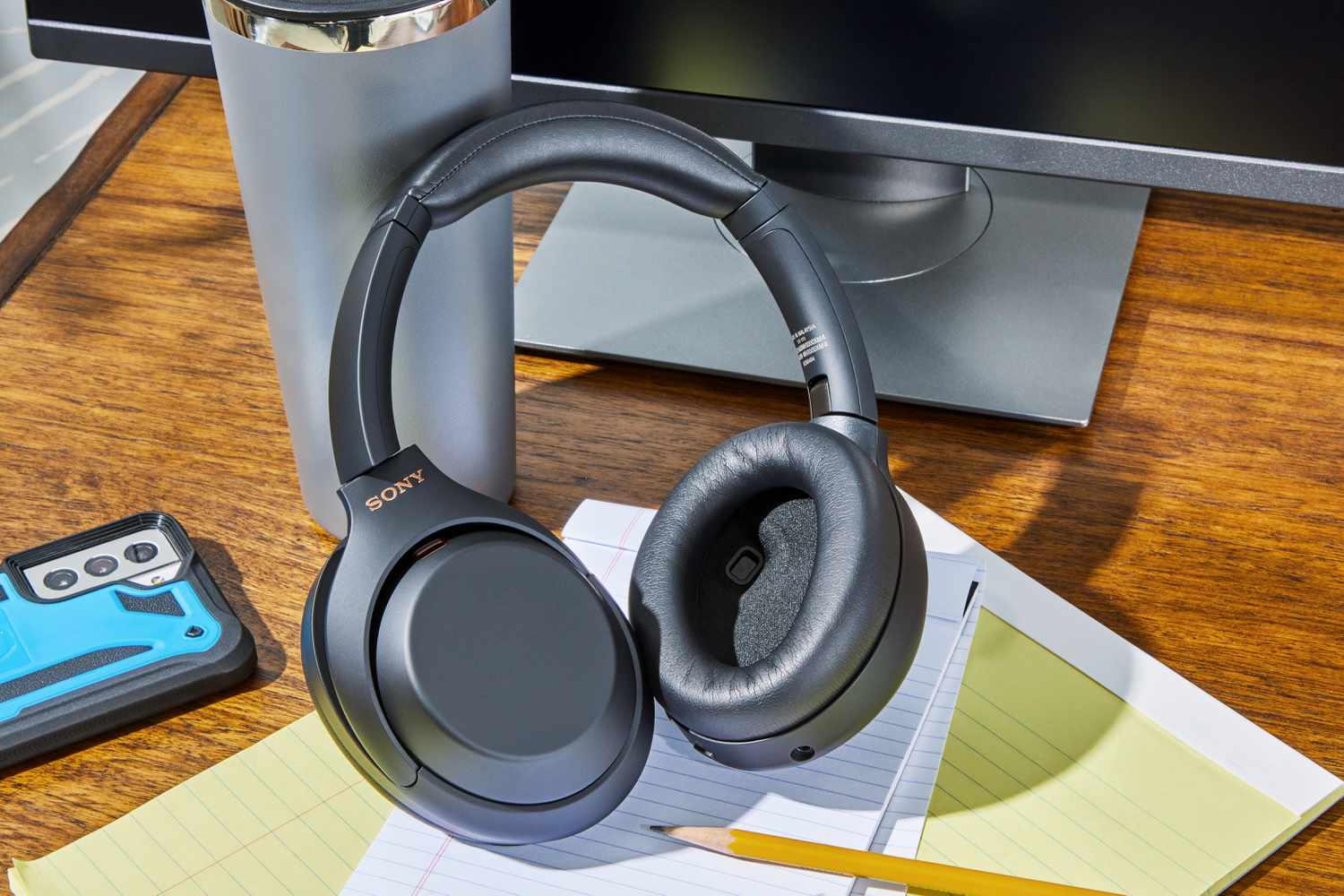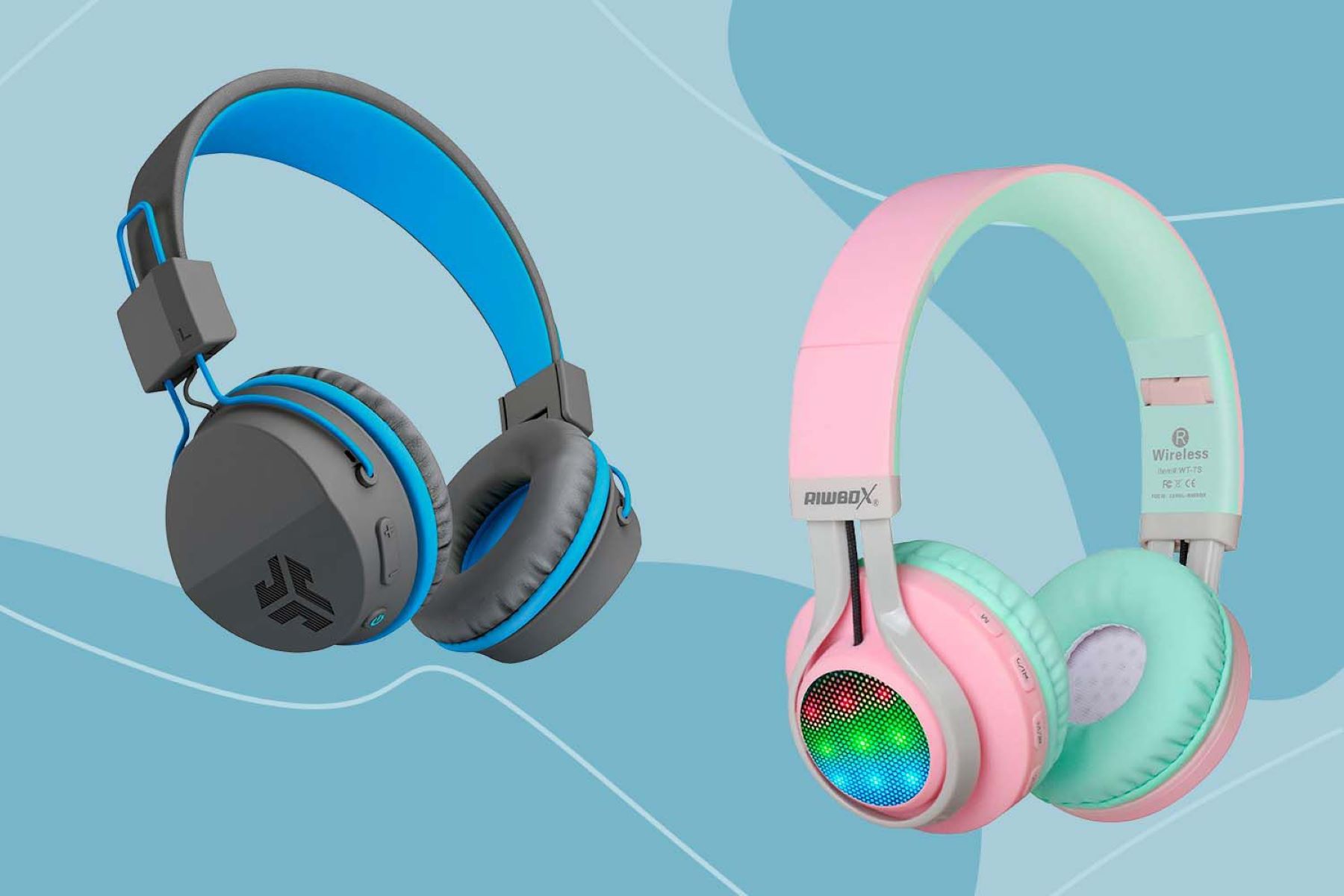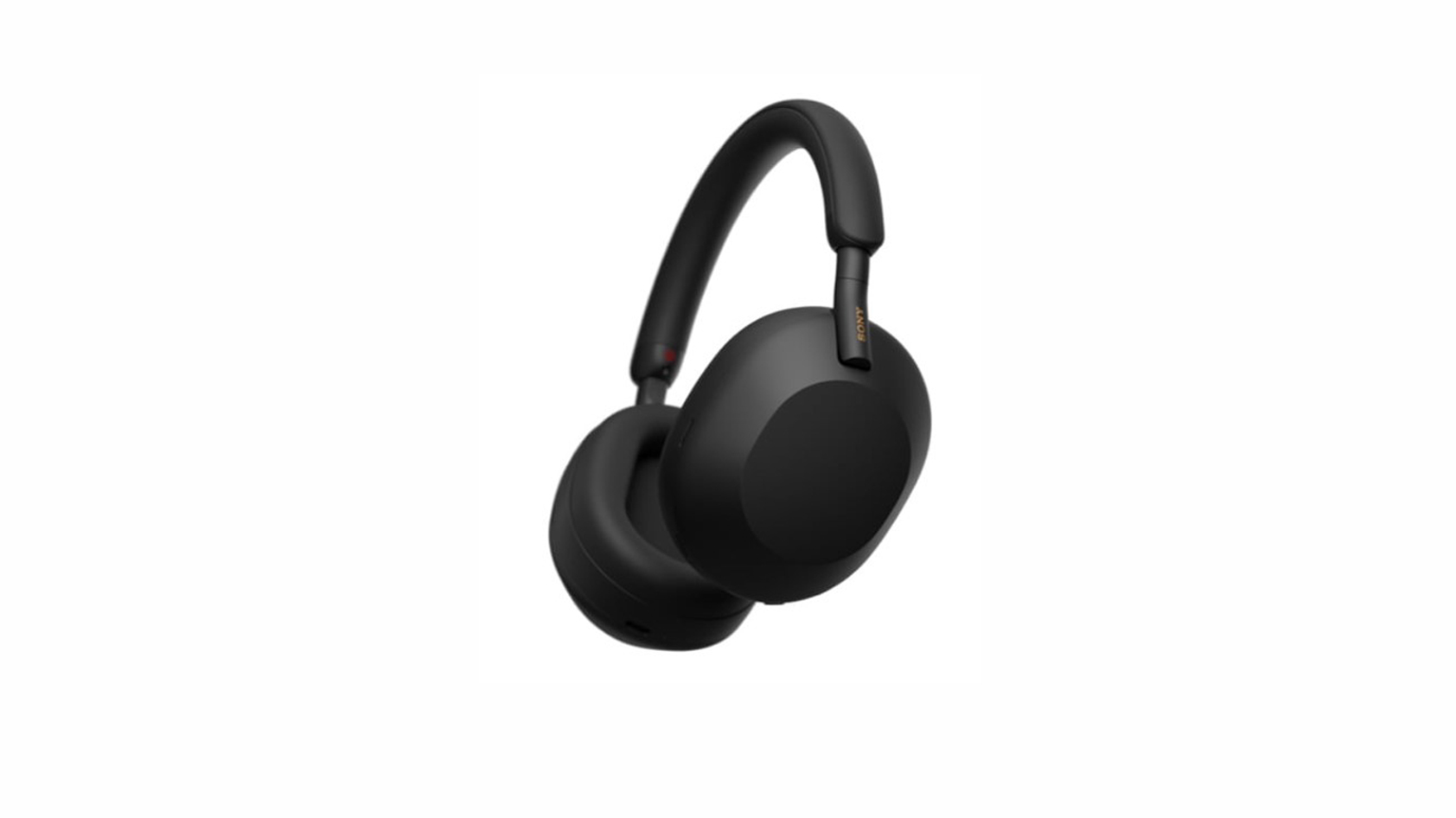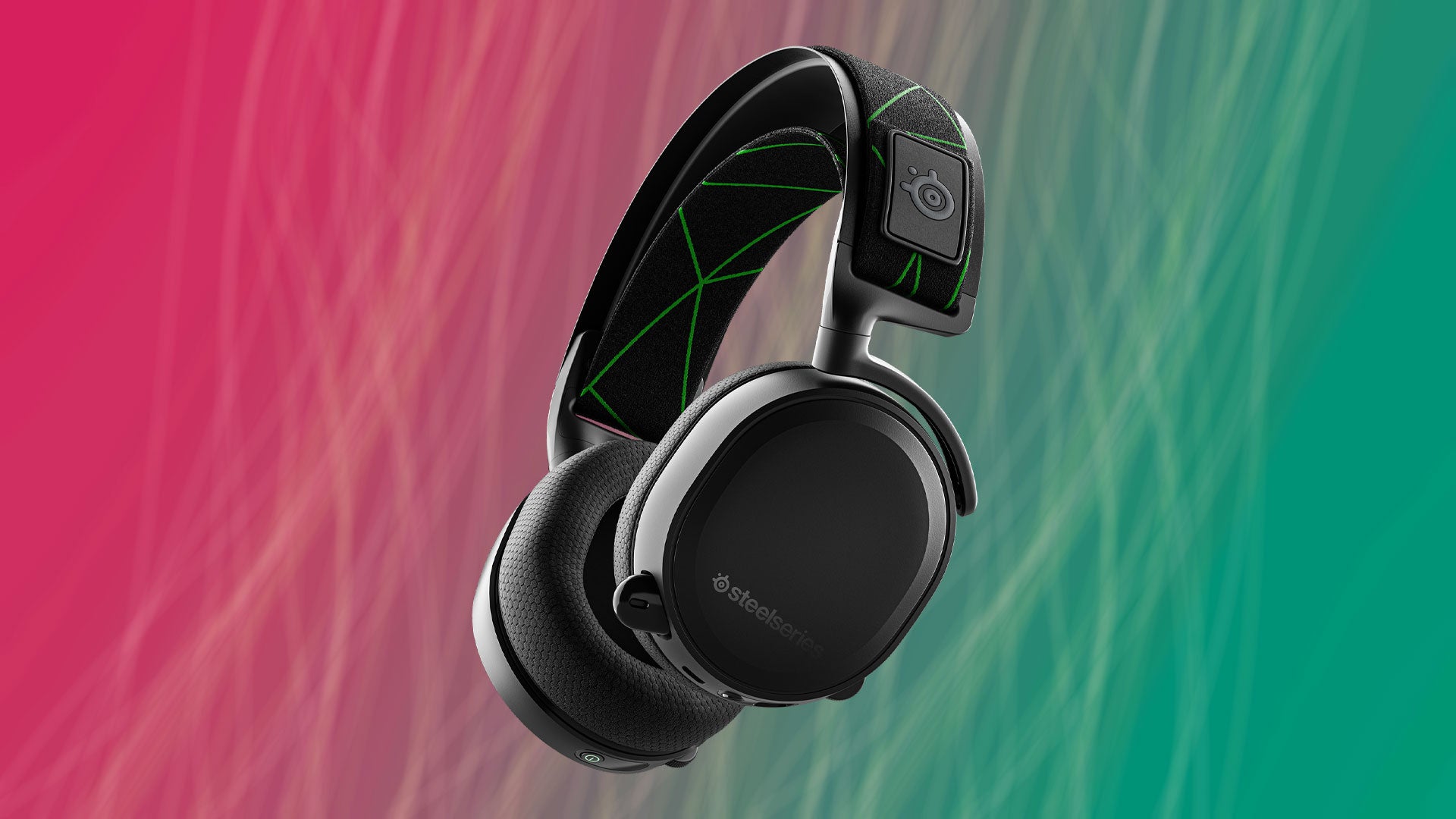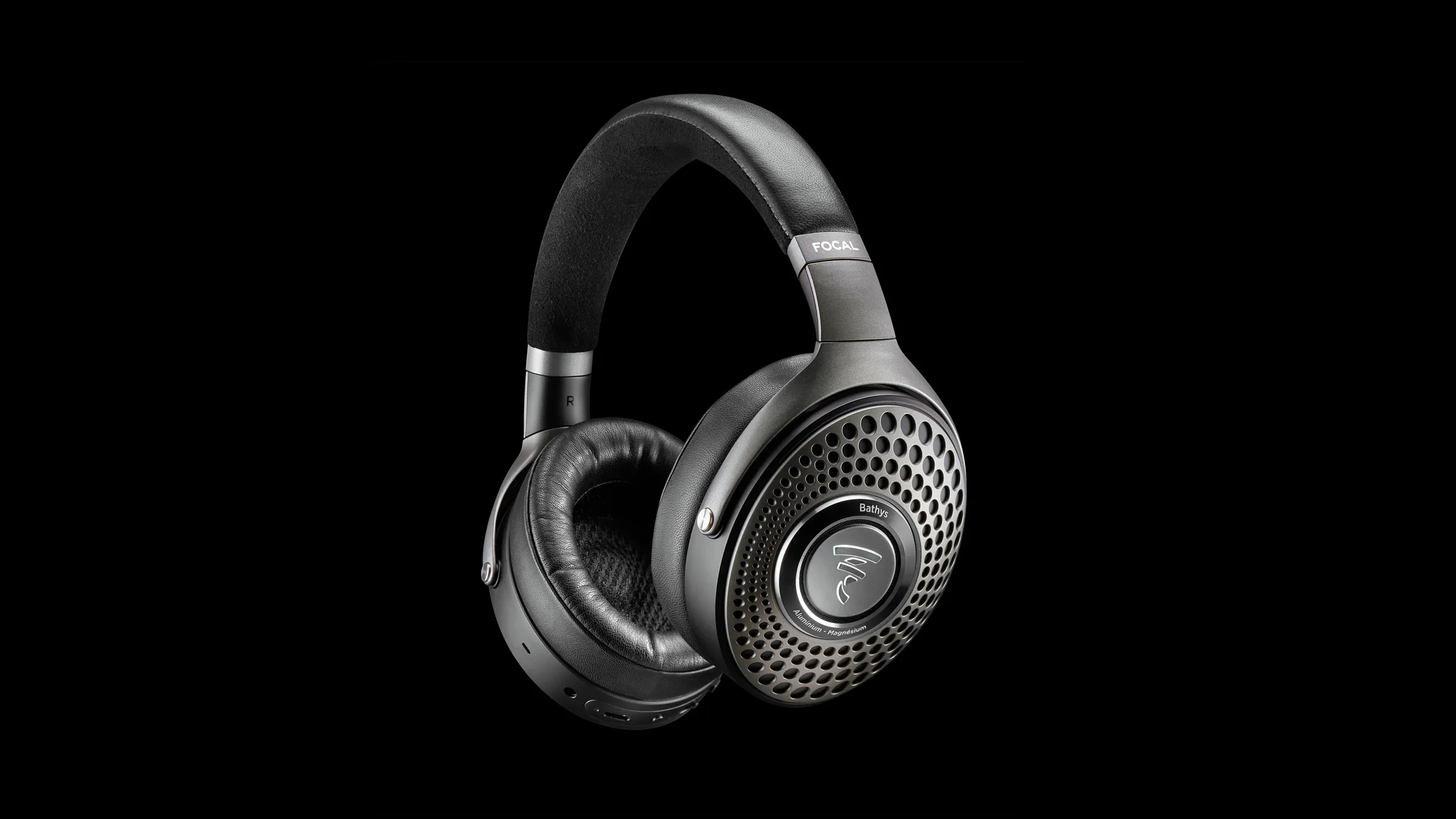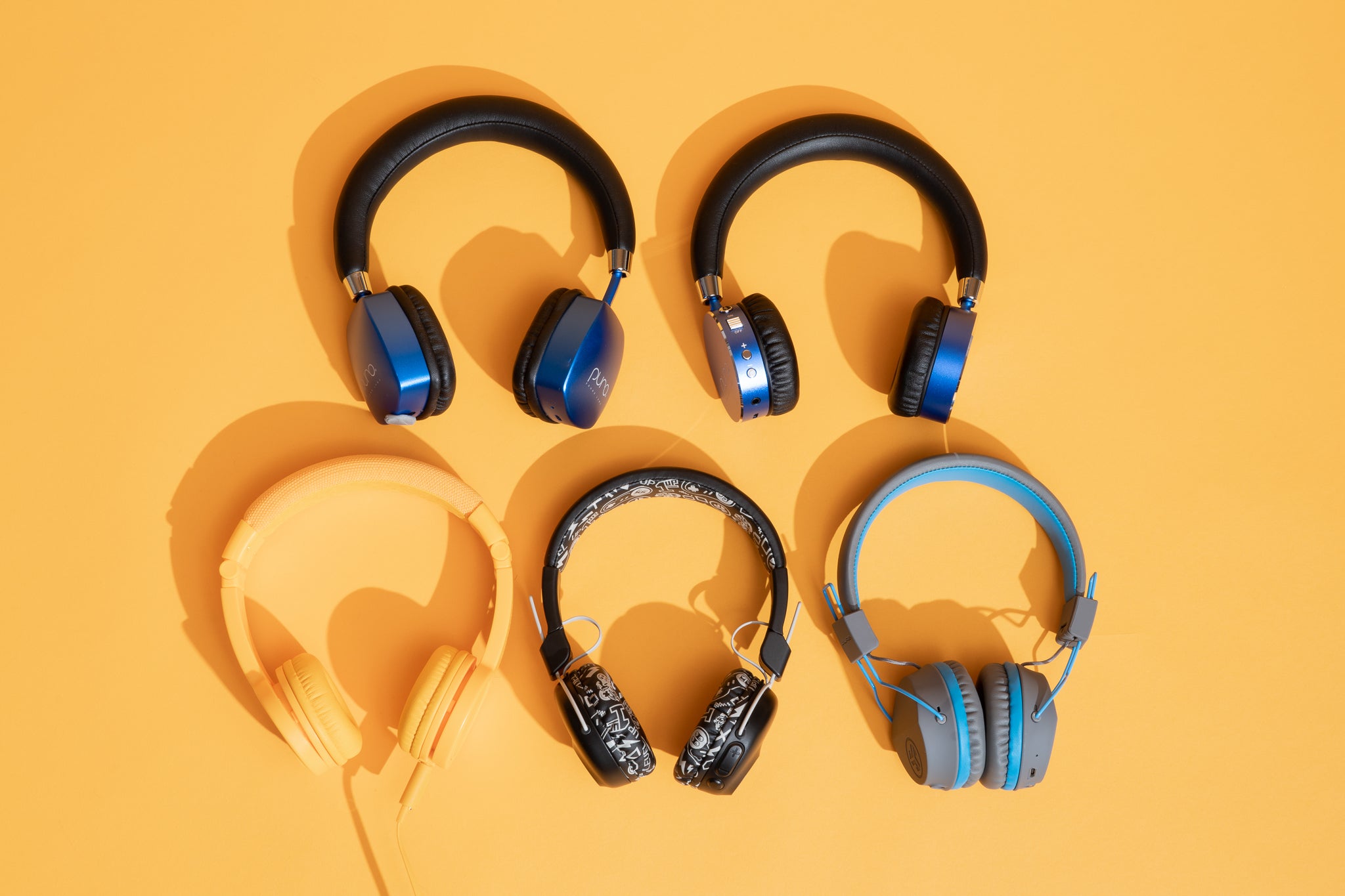Introduction
Welcome to the world of over-ear headphones, where the immersive audio experience can transport you to another realm. Whether you’re jamming to your favorite tunes, delving into a gripping podcast, or diving deep into a gaming session, over-ear headphones offer a captivating auditory journey. However, amidst the allure of rich soundscapes and thumping bass, it’s crucial to consider the impact of volume on your hearing.
When it comes to using over-ear headphones, finding the right volume is not just about personal preference; it’s about safeguarding your auditory well-being. In this guide, we’ll explore the concept of safe listening levels, the potential risks of high volume, and invaluable tips for optimizing your headphone experience while prioritizing your hearing health.
So, if you’ve ever wondered, “What’s a good volume when using over-ear headphones?” – you’re in the right place. Let’s embark on a journey to unravel the art of responsible and enjoyable listening through the realm of over-ear headphones.
Understanding Safe Listening Levels
Safe listening levels refer to the volume at which sound can be enjoyed without posing a risk to your hearing. The World Health Organization recommends a maximum exposure of 85 decibels for up to 8 hours to prevent hearing damage. When using over-ear headphones, it’s essential to gauge the volume in decibels to ensure that it falls within the safe range.
Decibels serve as a unit of measurement for sound intensity, and understanding the decibel levels emitted by your headphones is pivotal in preserving your hearing. For reference, a whisper registers at approximately 30 decibels, a normal conversation at 60-70 decibels, and a rock concert at a staggering 110-120 decibels. By being mindful of the decibel levels produced by your headphones, you can make informed decisions about the volume settings to safeguard your auditory health.
Moreover, it’s important to recognize that prolonged exposure to high decibel levels, even if they are below the pain threshold, can still lead to irreversible hearing damage over time. This underscores the significance of adhering to safe listening levels, especially when indulging in extended headphone sessions.
Potential Risks of High Volume
While immersing yourself in a symphony of sound through over-ear headphones can be exhilarating, it’s crucial to acknowledge the potential risks associated with cranking up the volume to excessive levels. One of the most immediate dangers of high volume is the risk of noise-induced hearing loss (NIHL). This condition can manifest gradually over time, often without noticeable symptoms until the damage has already occurred. NIHL occurs when the delicate hair cells in the inner ear are damaged by prolonged exposure to loud sounds, leading to diminished hearing capabilities.
Beyond NIHL, high volume can also contribute to tinnitus, a persistent ringing or buzzing in the ears. This condition can be distressing and impact one’s quality of life, making it essential to mitigate the risk of tinnitus by maintaining safe listening levels. Additionally, heightened volume can lead to auditory fatigue, causing discomfort and a diminished ability to discern sounds accurately.
Furthermore, studies have linked excessive headphone volume to cognitive issues, including difficulties with concentration and memory. This underscores the far-reaching implications of high volume on overall cognitive well-being, emphasizing the need to prioritize responsible listening practices.
It’s important to note that the risks associated with high volume are not solely confined to immediate effects; they can have lasting repercussions that may significantly impact one’s quality of life. By understanding and mitigating these risks, you can revel in the auditory pleasures offered by over-ear headphones while safeguarding your long-term auditory health.
Finding the Right Volume for You
Discovering the optimal volume for your over-ear headphones is a personalized journey that hinges on striking a balance between auditory enjoyment and hearing preservation. To embark on this quest, consider conducting a simple volume test. Begin by setting your headphones to a low volume and gradually increasing it until you can hear the audio comfortably without straining. This approach allows you to identify the threshold at which the sound is immersive yet not overwhelming, serving as a baseline for your preferred listening level.
Another effective strategy for determining the right volume is to adhere to the 60/60 rule, a widely endorsed guideline for safe listening. This rule advises maintaining the volume at or below 60% of the maximum level for no more than 60 minutes per day. Adhering to this principle can help mitigate the risk of overexposure to high volume, thereby safeguarding your hearing over the long term.
Furthermore, it’s essential to consider the environmental context in which you’re using your headphones. In noisy settings, such as bustling cafes or public transportation, the temptation to increase the volume to overpower ambient noise may arise. However, exercising caution and resisting the urge to elevate the volume excessively is crucial in preserving your hearing amidst external distractions.
Ultimately, finding the right volume for you involves a harmonious blend of self-awareness, responsible listening habits, and a commitment to prioritizing your auditory well-being. By embracing these principles, you can revel in the captivating audio experiences offered by over-ear headphones while safeguarding your precious sense of hearing.
Tips for Safe Listening with Over-Ear Headphones
Ensuring a safe and enjoyable headphone experience involves integrating practical strategies into your listening routine. Here are invaluable tips to optimize your over-ear headphone usage while prioritizing your hearing health:
- Invest in Quality Headphones: Select over-ear headphones with noise-canceling features to diminish the need for high volume in noisy environments. Quality headphones can deliver superior sound clarity at lower volumes, reducing the risk of overexposure to loud audio.
- Utilize Volume Limiting Features: Many modern over-ear headphones offer built-in volume limiters, allowing you to cap the maximum volume output. Leveraging this feature can provide an added layer of protection against inadvertently elevating the volume to unsafe levels.
- Take Regular Listening Breaks: Incorporate periodic breaks into your listening sessions to allow your ears to rest and recover. The 60/60 rule, which recommends limiting headphone use to 60% of the maximum volume for a maximum of 60 minutes per day, can serve as a beneficial guideline for safe listening habits.
- Practice Mindful Volume Adjustment: When adjusting the volume, strive to strike a balance between auditory immersion and responsible listening. Be attentive to signs of discomfort or strain, and resist the temptation to escalate the volume to excessive levels.
- Opt for High-Quality Audio Files: Choose high-fidelity audio files to enhance the richness of your listening experience. Crisp, well-mastered audio can often be enjoyed at lower volumes without compromising on sonic depth and clarity.
- Be Mindful of Ambient Noise: In environments with elevated ambient noise, refrain from compensating by elevating the headphone volume. Instead, consider using noise-canceling headphones or employing passive noise isolation techniques to mitigate external distractions.
- Monitor Volume Levels for Children: If children utilize over-ear headphones, supervise their volume levels to ensure they adhere to safe listening practices. Implement parental controls or utilize headphones specifically designed for children, featuring built-in volume limitations.
By integrating these tips into your headphone usage, you can savor the auditory delights offered by over-ear headphones while nurturing a culture of responsible and safe listening.
Conclusion
Embarking on a journey through the realm of over-ear headphones unveils a captivating auditory landscape teeming with immersive soundscapes and melodic symphonies. However, amidst the allure of sonic indulgence, it’s imperative to prioritize the preservation of your auditory well-being. By understanding safe listening levels, acknowledging the risks of high volume, and embracing practical strategies for responsible headphone usage, you can revel in the pleasures of over-ear headphones while safeguarding your precious sense of hearing.
Safe listening with over-ear headphones transcends mere adherence to volume guidelines; it embodies a harmonious fusion of self-awareness, responsible habits, and a commitment to nurturing a culture of auditory well-being. Whether you’re unwinding with your favorite playlist, delving into an enthralling audiobook, or immersing yourself in the sonic tapestry of a riveting game, your journey through the auditory realm can be enriched by the symphony of safe and enjoyable listening.
As you embark on your sonic odyssey, remember that the pursuit of auditory pleasure need not compromise the sanctity of your hearing. By integrating the wisdom gleaned from this guide into your headphone usage, you can cultivate a harmonious synergy between immersive audio experiences and the enduring preservation of your auditory health. Let the melodies resonate, the rhythms enthrall, and the soundscapes captivate – all while nurturing a culture of responsible and safe listening with your cherished over-ear headphones.









